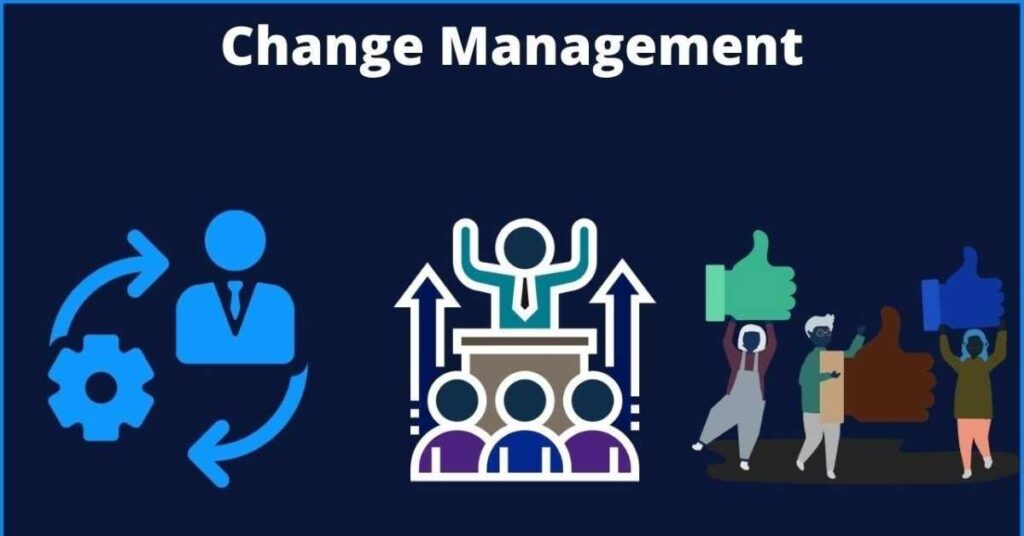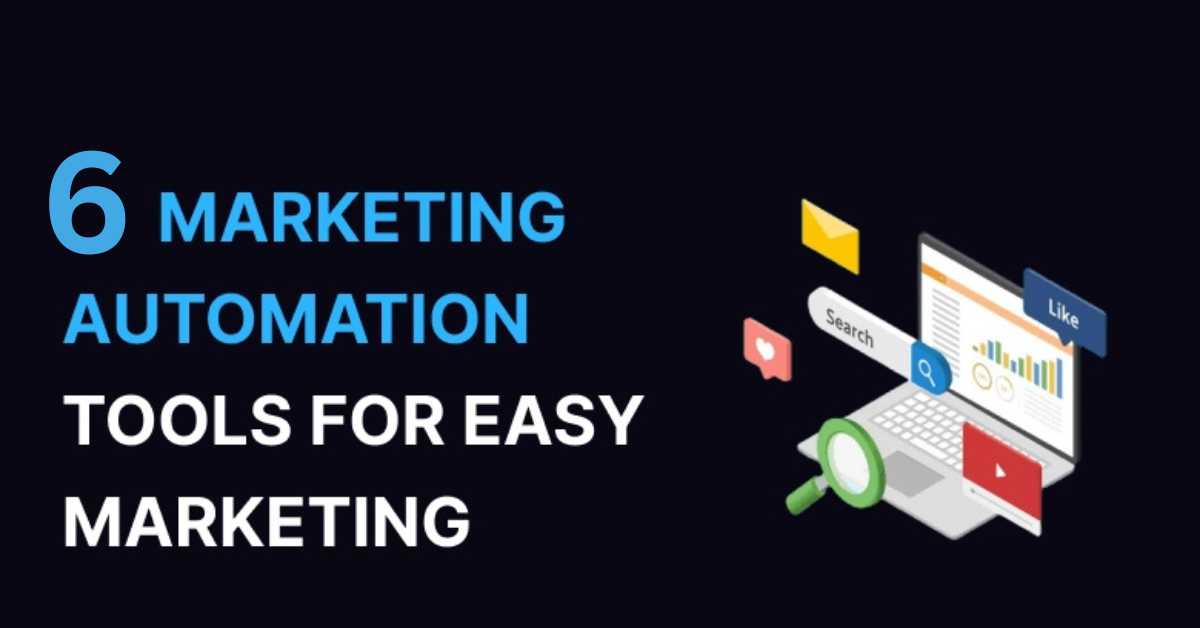Email: [email protected]


Anticipating and addressing resistance to change is crucial for successful process improvement initiatives. Engage employees early and often, providing transparent communication and addressing concerns. Offer support and training to help individuals adapt to new processes and technologies. Celebrate successes and recognize employee contributions to build momentum and reinforce positive behaviors. Foster a culture of continuous improvement, encouraging feedback and empowering employees to identify areas for improvement.
Address resistance by acknowledging emotions and concerns, and providing clear rationales for change. Utilize change management models like ADKAR and Kotter to guide your approach. By proactively managing resistance, organizations can minimize disruption, build trust, and ensure a smooth transition, ultimately driving business growth and operational excellence. Encourage a growth mindset, and lead by example, demonstrating a commitment to continuous learning and improvement.
Implementing change management tools is essential for successful process improvement initiatives. Utilize established frameworks like ADKAR, Kotter, and Lean to guide your approach. ADKAR’s individual-focused approach helps employees transition through change, while Kotter’s 8-Step Model provides a comprehensive roadmap for organizational transformation. Lean’s process-focused methodology eliminates waste and optimizes workflows. Select the best approach for your organization, considering factors like culture, size, and complexity.
Ensure successful implementation by training change agents, establishing clear roles and responsibilities, and monitoring progress. Customize tools to fit your organization’s unique needs, and integrate them with existing processes. Leverage technology, like change management software, to streamline implementation and track results. By effectively implementing change management tools, organizations can achieve operational excellence, drive business growth, and sustain long-term success.
Sustaining change and measuring success are critical components of effective change management. Ensure long-term sustainability by monitoring progress, tracking key performance indicators (KPIs), and measuring success against established goals. Regularly assess the effectiveness of change initiatives, identifying areas for improvement and making adjustments as needed. Celebrate achievements and recognize employee contributions to reinforce positive behaviors and build momentum.
Continuously improve processes, soliciting feedback and encouraging a culture of innovation. Utilize data analytics and performance metrics to inform decision-making and drive business growth. Embed change management into the organizational culture, ensuring that it becomes a continuous process. By sustaining change and measuring success, organizations can achieve operational excellence, drive business growth, and maintain a competitive edge in an ever-changing market landscape.
In conclusion, successful process improvement initiatives hinge on effective change management. By implementing the strategies outlined in this article, organizations can achieve operational excellence, improve efficiency, reduce costs, and drive business growth. Effective change management enables companies to stay competitive, adapt to changing market conditions, and innovate continuously. It’s essential to remember that change management is an ongoing process, requiring continuous monitoring, evaluation, and improvement.
By embedding change management into the organizational culture, businesses can unlock their full potential, achieve sustainable results, and maintain a competitive edge. Start your journey today, transform your business, and reap the benefits of operational excellence, increased productivity, and enhanced customer satisfaction. Discover the power of effective change management and take the first step towards a more efficient, agile, and successful organization.
SEE ALSO: Best Practices for Implementing Six Sigma.












To provide the best experiences, we and our partners use technologies like cookies to store and/or access device information. Consenting to these technologies will allow us and our partners to process personal data such as browsing behavior or unique IDs on this site and show (non-) personalized ads. Not consenting or withdrawing consent, may adversely affect certain features and functions.
Click below to consent to the above or make granular choices. Your choices will be applied to this site only. You can change your settings at any time, including withdrawing your consent, by using the toggles on the Cookie Policy, or by clicking on the manage consent button at the bottom of the screen.
